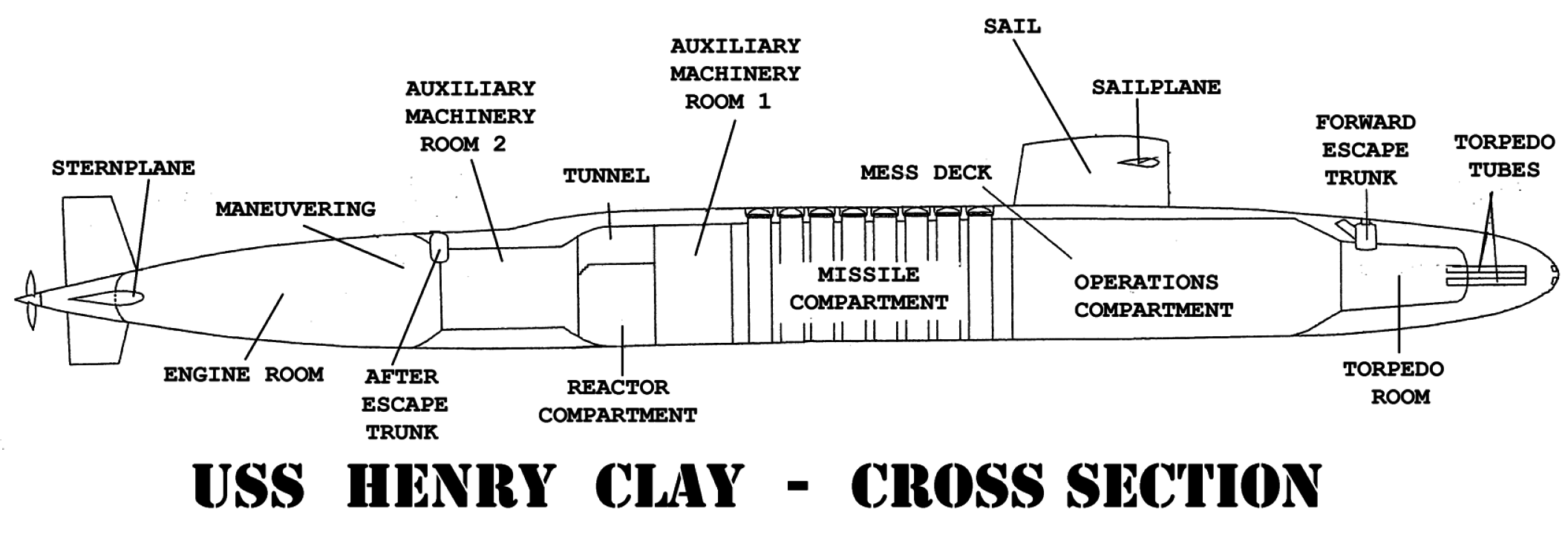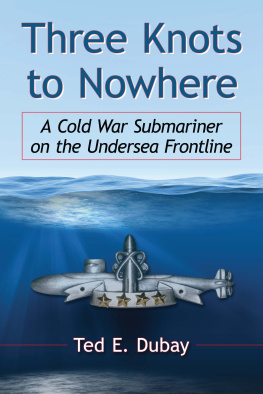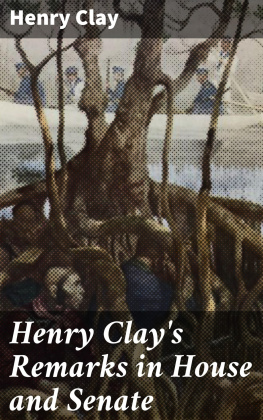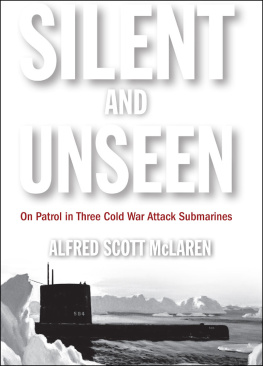Three Knots to Nowhere
A Cold War Submariner on the Undersea Frontline
TED E. DUBAY

McFarland & Company, Inc., Publishers
Jefferson, North Carolina
LIBRARY OF CONGRESS CATALOGUING DATA ARE AVAILABLE
BRITISH LIBRARY CATALOGUING DATA ARE AVAILABLE
e-ISBN: 978-1-4766-1404-5
2014 Ted E. Dubay. All rights reserved
No part of this book may be reproduced or transmitted in any form or by any means, electronic or mechanical, including photocopying or recording, or by any information storage and retrieval system, without permission in writing from the publisher.
On the cover: SSBN Deterrent Patrol insignia (United States Navy)
McFarland & Company, Inc., Publishers
Box 611, Jefferson, North Carolina 28640
www.mcfarlandpub.com
Acknowledgments
My appreciation goes to all of my past shipmates. I extend extra thanks to those who maintained a relationship after my discharge from the United States Navy. You are a special breed of people. I could not have written this book without any of you. Special gratitude is in order to the individuals who allowed the use of their names, nicknames, and images, and who provided photographs. Your support added a personal element to this work.
I used every means at my disposal to contact Robert Montross, Tommy Lee Connell, Charlie Vannoy, Robert Frechette, and Stan Wryn. Regretably, my efforts were fruitless.
I also employed pseudonyms, if the situation could be considered embarrasing.
Above all, several exceptional individuals, Ludima Gus Burton, Leona Dubay Lane, Maria Maryeski, and Dr. Edward Monroe Jones, gave their time, support, and technical expertise.
I would be remiss without out acknowledging my father, Frank Dubay, Sr. He was a remarkable man. Dad was my hero in every sense of the word. If I become half the man he was, I can hold my head high. His younger brother Harry Dubay inspired me to join the submarine service. These two men were the perfect examples of the Greatest Generation. My only regret is they passed on to a better place before my completing this book.
A final thank you goes to my mom, Mrs. Leona Gus Dubay. Her support and love were always unwavering. She always makes me feel special.

Preface
Several years ago, my granddaughter Annie Thompson and I took a trip to the United States Submarine Museum in Groton, Connecticut.
Our outing was merely an adventure for Annie. For me, I hoped it would revive long-buried memories of my Cold War submarine experiences.
While driving, I silently tried to recall facets of that portion of my life. My reward was faint recollections that floated in my mind like the fog swirling around the car. The memories were teasingly present, yet elusive.
When we arrived at the museum, the sight of a fleet ballistic missile submarines missile hatch further tickled long-buried recollections.
I led Annie to a window on the museums second level. We looked out. An eerie scene greeted us. The fog had intensified and we could barely see the faint profile of the USS Nautilus, the museums star attraction. Just as the haze was enshrouding the submarine, a similar effect shielded memories of my naval service.
We exited the building and walked down a pier towards the Nautilus. The submarine gradually emerged from its foggy shroud. I took it as a good omen. If all went well, the Cold War experiences cloaked in my mind would likewise materialize.
Annie and I entered the submarine via a stairway at its front end. The modified opening replaced the original watertight hatch and vertical ladder. Other than changes to the entrance, items removed for security purposes, and protective Plexiglas over some of the equipment, everything was the same as when the Nautilus was on active duty.
The crowded Torpedo Room, narrow passageways, cramped bunks, and nearly everything painted Navy gray, caused more and more memories of my submarine service to flash and fade.
While leaving the Nautilus, I noticed the sailor assisting with the tours was wearing a ships patch for the Fleet Ballistic Missile submarine USS Henry Clay, SSBN 625.
I said, Hey, buddy. I was on the Clay. Where is she now?
Looking at me as if I had three heads, he stated, Holy Loch, Scotland. Just like always.
When I was on the Clay, her homeport was Pearl Harbor and she operated out of Guam.
Taken aback, he blurted, Wow. That was a long time ago!
He was correct. I served in the United States Navy from July 1966 through August 1972. The last four years were on the USS HenryClay.
Although Annie enjoyed the tour, it had a different effect on me. I began circling back to a self-defining portion of my life.
After returning home, I rummaged through the attic and found a dusty box filled with a plethora of materials related to my time in the Navy. Buried in the back of a closet were several photo albums from the same era.
Fueled by the material, a sporadic hodgepodge of memories emerged from the recesses of my mind: diving to test depth, transit through the Panama Canal, jam dive, Hawaii, Guam, rigged for ultra-quiet, hiding from Russian submarines, Ah-oooo-gah! Ah-oooo-gah! Dive! Dive!
As the evening passed, the crack in the dam holding back memories of my naval service continued to open. More and more recollections flowed through. At long last, my odyssey from shy adolescent to confident submariner, what it was like serving in the submarine service during the height of the Cold War, and how I coped with the experience slowly emerged.
I could finally look back. The circle was complete.
Then I had a troubling thought.
My submarine service memories were lost for a long time. The holes submarines valiantly punched through the oceans during the Cold War no longer exist. Would my reclaimed memories suffer a similar fate by ebbing away like fading echoes, never to return?
I began reading every submarine-related book I could find. They disappointed me. None captured the true submarine experience.
I also joined the United States Submarine Veterans Incorporated. The organization gave me the opportunity to tour present-day submarines and get a feel for crew culture. I found that the present-day submarine service was a different life from the one I experienced. It is a softer, kinder culture. There are other changes. Somewhere along the line, the Navy replaced the traditional ah-oooo-gah diving alarm with a siren. Computers replaced mechanical controls. Instead of a helmsman and planesman using their experience and senses fighting the elements to maintain depth control, sailors perform the same task with touch-screens and computers.
I was inspired to write this book, because of the evolution of the submarine service and the inadequate written documentation of Cold Warera submarine duty. Not only would it help other ex-submariners reconnect with their past, it would entertain and educate laypersons about the secret life of submarines.
My recollections, photographs, and box of artifacts were a good starting point. If the book was going to portray the full breadth of the experience, I needed more.
I began searching for past shipmates. The arduous process was worth it. I found all of my closest buddies. We now gather at reunions and share past joys, sorrows, good times, and hardships. It is as if we never parted. Serving together, isolated from the world for months at a time, created a bond that can never be broken. These wonderful individuals also provided valuable material that added to the quality of this book.













